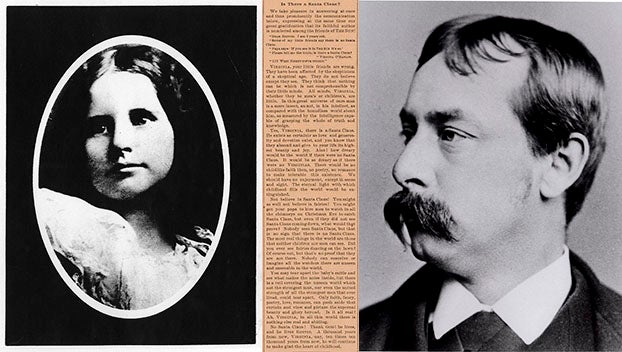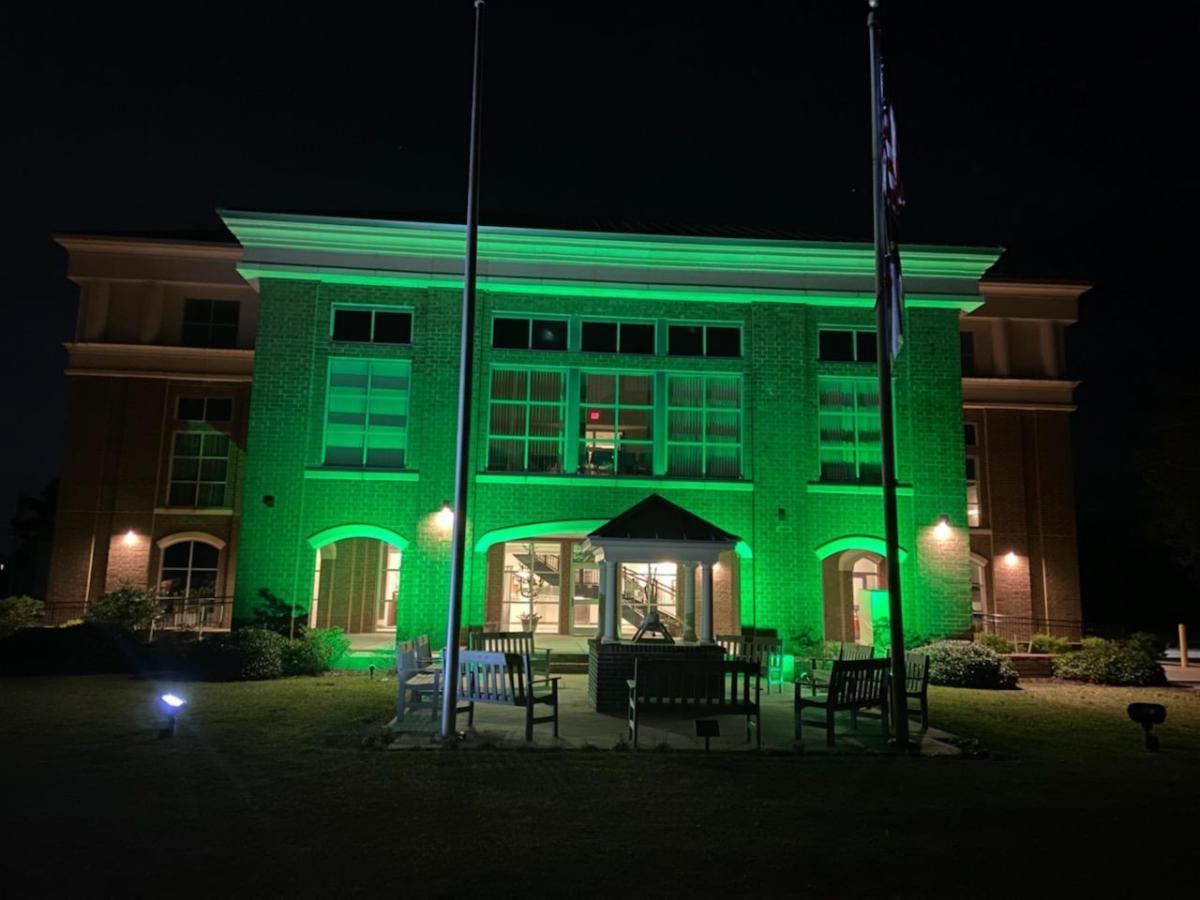Making a plan and sticking with it
Published 6:54 pm Tuesday, January 8, 2019
We’ve all heard the old adage that “failure to plan is planning to fail.”
Today and in the past few days, the Daily News has run a series of stories on plans and goals our various local governments are making for 2019. From Washington to the county and the General Assembly, councilmen, and representatives shared their hopes for the coming year. That they are looking forward to the challenges ahead is a good thing.
In anticipating the needs of their constituents, and planning accordingly, these local governments are exercising good foresight. When local entities look at the needs of not just today, but the next five, 10 or 20 years, they can plan and budget accordingly, allowing for smart governance and wise use of the taxpayer dollar.
Sometimes, one has no choice but to be reactionary, responding to circumstances beyond one’s control. It’s the same way in government. A critical piece of machinery might break down unexpectedly. A major piece of infrastructure might experience a critical failure. That’s why governments put money away in a fund balance — to respond to unexpected circumstances beyond their control.
When you get into how much should be kept in that fund balance, and how much residents should be taxed, that’s where politics come into play, and that’s a debate that has to happen in council chambers and at the ballot box.
What is more important than the short-term game of political football is having a solid grasp on the long-term needs of Beaufort County and its residents. At times, politics and partisanship can hinder that vision. Long-term planning and goal setting can help.
But these goals can’t just come from the top down, so to speak. Rather, to be of any use at all, they have to have buy-in and input from the residents they will affect. Local residents can make a difference through participation and speaking up during the process. Demand transparency and accountability.
So elected officials, keep setting goals and tackling the problems. Keep looking to the future and making plans to deal with our needs not just today, but tomorrow and the next day as well. Listen to your constituents as you do so. The voters will let you know if they think you’ve done a good job.




